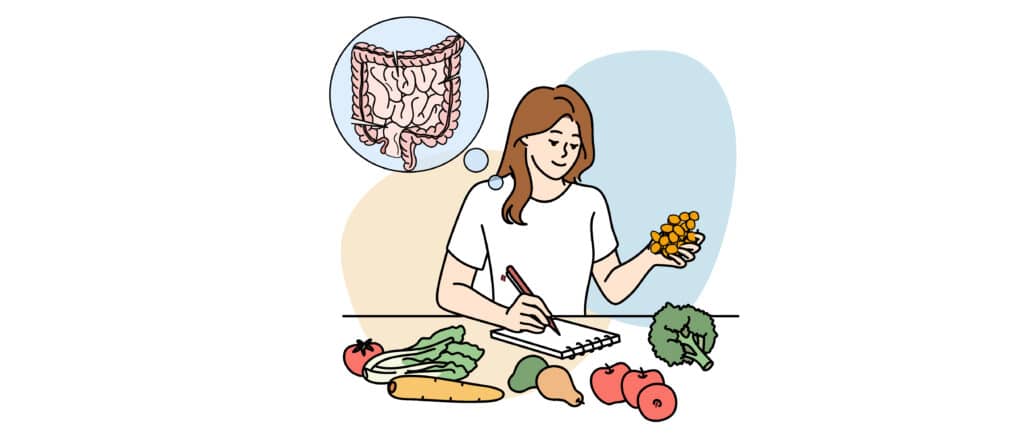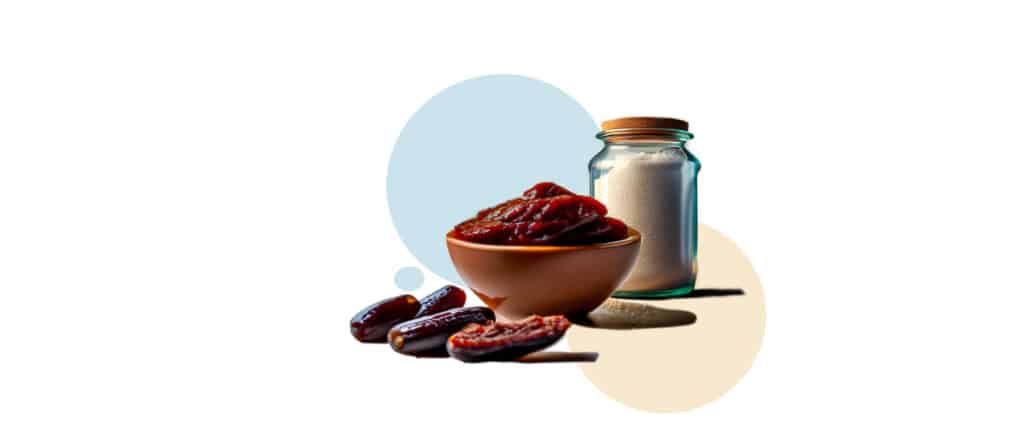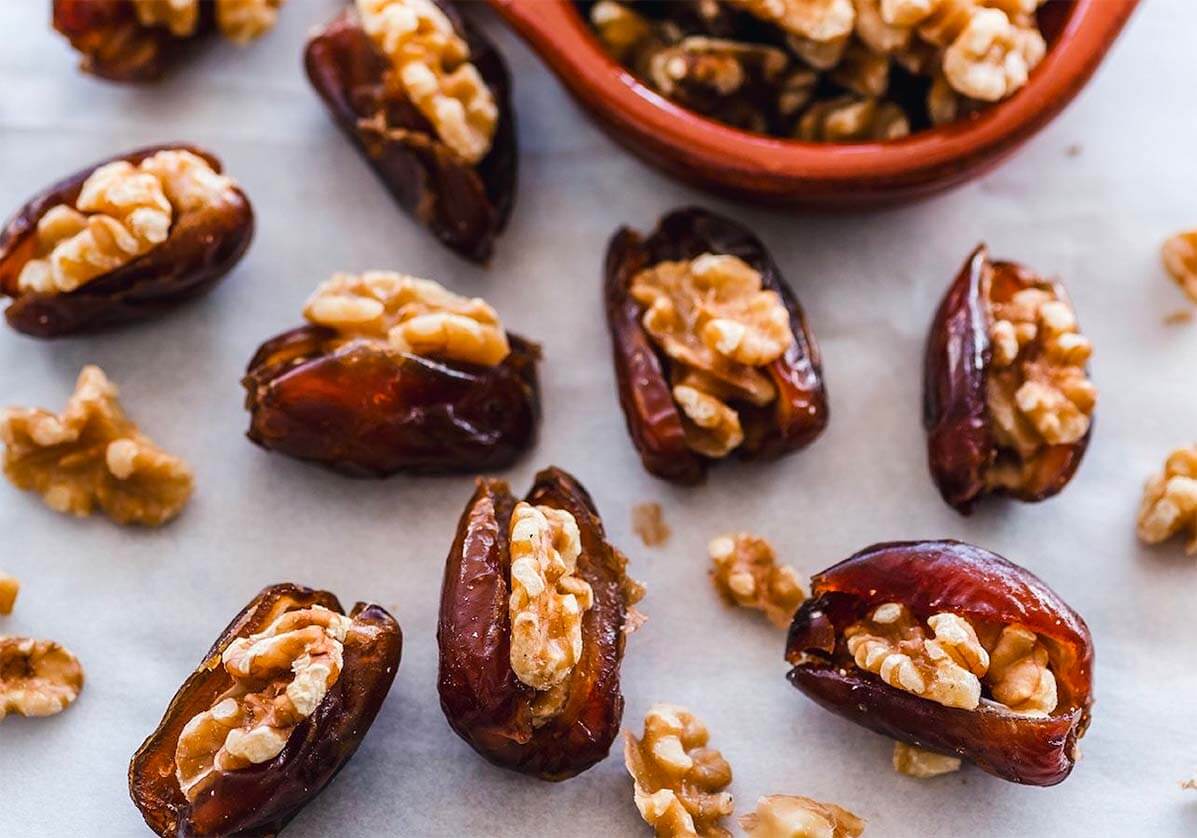History of Dates
- All About Dates
- February 1, 2022
- 14 minutes read
- Dates have been cultivated in Egypt at least since 2500 AC.
- This stone fruit is very popular in Middle Eastern countries, particularly in Oman, Saudi Arabia, UAE, Egypt, and is a part of their culture and traditions.
- Dates play an important place in the history of religions like Islam and Christianity, being referred to as a fruit of heaven in Islam, and used by early Christians to meet and worship Jesus.
- Dates are used as the first fruit by Jews to welcome Rosh Hashanah, the Jewish New Year.
- Medjool, Deglet Nour, and other domesticated dates in North Africa are a hybrid between Cretan wild palms and middle east date palms.
Modern consumers care about the nutritional value of the food they buy and their origin. It shows how most consumers wonder what a date fruit is and where dates are from.
The growing interest in this healthy fruit results from people’s rising need for healthy food options. Dates are known for their wide-ranging health benefits, which pique the curiosity of health-conscious consumers.
A Complete Origin and History of Dates
Date fruit is harvested from date palm trees. You will identify a date palm tree with its bountiful clusters of delicious dates right at first glance. Date fruit is sweet and is consumed as either fresh or dried. This fruit is rising in popularity because of its wide-ranging benefits for the body and guilt-free sweetness.
Where do dates originally come from?
According to fossil records, the fruit date has existed way back around 50 million years. But due to its long cultivation, where dates originate from is uncertain. Some say it might have come from Fertile Crescent lying beside Mesopotamia and Egypt. But others believe that dates are fruits native to the Persian Gulf or western India.
Archaeologists found that there has been a production of date palm in Egypt at least since 2500 AC. The country is one of the most significant dates producers in the world. Today, it is the largest producer while other Middle Eastern countries follow.
Thousands of years have passed, yet Egypt is still a central hub for the production of dates. Egyptians’ love for dates also shows how most of the fruit they produce is also consumed by them.
With the ever-globalizing world, anyone today can eat dates whenever they want to, regardless of whether it’s in its peak season or out of its fruit season.
Why are dates called dates?
The name dates origin is due to the fruit’s shape resembling human fingers. Its color looks similar to the color of human flesh. Dates are oblong-shaped, which are supposed to look like a person’s fingers. The same is true the way they stick out when still hanging from the tree.
The root word “dakt” means digit (finger) in Latin. It is easy to shorten “daktylos” to “date.”
Significance of Dates in Different Cultures
The taste of dates triggers nostalgia for many, especially people in the Middle East, as it has been a part of their rich tradition. Dates have always been popular, particularly in Saudi Arabia, Oman, UAE, and other countries.
Dates fruit and its trees are revered in these countries’ ancient cultures. But, it has earned the highest recognition and regard within Arab Islamic civilization. Among the best examples is that dates are usually stuffed inside ma’amoul (butter cookies) during Ramadan’s last three days. Date fruit also plays a significant role during the celebration of Eid-al-Fitr or the “Festival of Breaking Fast.” It is another holiday in the Muslim calendar celebrated worldwide to mark the end of Ramadan.

Dates and Islam
Dates are among the fruits considered “fruit of heaven” in Islam, along with pomegranate, banana, fig, and grape. Muslims are urged by the prophet Mohammad to eat dates. So, Muslims around the world serve dates to break the fast every sunset of Ramadan.
This one month of fasting and spiritual reflection is practiced by Muslims every year, during the 9th month of the Islamic calendar.
In the Qur’an, dates, and date palm is mentioned 22 times more than any other plant that produces fruit. It is a symbol related to Muslims, as the religion is introduced worldwide. You may call it tamr in Arabic, hurmah in Turkish, khajoor in Urdu, or buah kurma in Indonesia; dates are still a huge part of Muslim teaching.
Dates are listed on the Intangible Heritage list of UNESCO as the Arab world’s symbol of prosperity. Today, people in the Middle East still serve fresh dates to greet their visitors with a warm welcome.
Dates in Christianity
In Jerusalem, Christians carried date palm fronds as they moved out to meet Jesus. It is according to the Gospel of St. John in the bible. Christians always adorn their churches with palm leaves, too. It is particularly during the last Sunday before Easter. Today, palm leaves are still used during Palm Sundays that commemorate the rituals done during the Christian faith’s first centuries.
In the present, Christians also celebrate Christmas with dates. Since date palm fruits are harvested from late August to September, fresh and dried dates are accessible during the winter months. In the U.S., the most common varieties of dates are Khesab, Deglet Noor, Khudri, Halawy, Ajwa, Medjool, and Sukkari. They are usually baked into muffins and cookies or stuffed with almonds.
Dates fruit in Jewish Tradition
During Rosh Hashanah, Jewish people’s New Year, there will be lots of reflection, prayer, sound, celebration, and food. The holiday happens every year, from September 6 to September 8.
During the holiday, apples are served by most American and European Jews as their first fruit. Meanwhile, dates and fruits like tamarind, pomegranate, fig, quince, and carob are commonly used in Israel.
For Syrian Jews, dates are a symbol of sweetness for the coming year. Sephardic Jews, on the other hand, treat dates as among the seven blessed vegetables and fruits to start the New Year.
Dates’ symbolism extends beyond the Jewish New Year. In fact, Israel is referred to as the “land of milk and honey.” However, “honey” doesn’t always come from bees. It is derived from thickened reductions of dates, pomegranates, figs, tamarinds, and grape juices.
Back in the days, dates were also crushed and slowly boiled to make a syrup called Halek, which is very thick and sweet. It is used to sweeten various dishes.
Date palm tree in Greek Mythology
In Greek Mythology, the date palm is associated with the immortal Phoenix. This bird is described by Pliny the Elder to build its nest atop a date palm tree. The bird is said to catch fire from sun flames after 500 years and be reborn from its ashes. According to legends, the date palm would die and live again with the Phoenix.
Dates in Middle Eastern culture and cuisine
Dates hold a special place in the national culture and cuisine of Middle Eastern countries such as UAE, Saudi Arabia, Oman, and others. In fact, each family in Misfah, Oman, even owns several date palm trees.
People in the Middle East value the fruit that palm trees offer and every part of it. Fronds are removed from the tree to make it as sun fences and shades. They also make mats, baskets, fans, and date sacks by braiding date palm leaflets. Aside from that, palm fibers are made into twine and rope, while old trunks are used as ceiling rafters, furniture, and fuel for a fire.
However, date palm fruit is the most important for the people. A variety of Middle Eastern cuisine includes dates like madluka, mardhuf bread, and others. Today, the Middle East is still the number one cultivator of dates in the world.

Scientific History of Date Fruits
Where do dates originate from still has no sure answer. But, one variety of dates is found by archeologists in Egypt, which indicates that the fruit is cultivated from at least 2500 AC.
The accidental storage of an orthodox seed of Judean date palm for 2,000 years became renowned as the seed sprouted. On the other hand, Medjool and other well-known date varieties domesticated in North Africa are said to have appeared around 2,800 years ago. Archaeological records suggest that date palms in North Africa were spread by Phoenicians or Minoans.
Medjool is a hybrid between Cretan wild palms and middle east date palms. They are usually called the “Cadillac of Dates.” Also, they are among the most famous dates in the world today because of their juicy flesh and rich succulence, sweetness. In the U.S., this date variety is referred to as the “California date”, since most dates in the country are produced in Coachella Valley, California.
Dates in the Modern World
It is not surprising to know that dates are a staple for countries like UAE, Egypt, Oman, along with other countries in the Middle East. But how other countries outside the region treat this fruit is interesting.
Dates have been a part of the Middle Eastern country’s heritage and identity. Just as in UAE, this fruit is among the main nutrition sources of Emiratis. It is eaten as dried, fresh, or conserved and consumed months or even years after. The most popular dates in the UAE include Khunaizi, Dabbas, Bu Ma’an, Al Farad, Khalas, and Al Nekhba.
Meanwhile, other countries today are beginning to take an interest in this exotic fruit. In the US, there is an increasing number of health-conscious consumers. This allows the demand for dates to grow. The country has a growing consumption and imports from other countries. Notably, the Middle East doesn’t show signs of slowing down.
Medjool and deglet noor are among the first date varieties brought to the United States by Walter Swingle in the early 20th century. Swingle is an “agricultural explorer” commanded by the U.S. government to search the world for exotic crops. As early as 1900, Swingle began bringing dates, mostly deglet noor, to the United States. In 1927, Swingle was said to have convinced a local leader in Morocco to give several Medjool offshoots sent to the United States.
In fact, the 2020-21 market year shows that the United States imported fresh dates at around 53.1 million pounds with a $70.8 million value. Countries such as Pakistan, Tunisia, and Israel are the primary sources of these imported eastern dates. The U.S. also imported around 789,000 pounds of preserved or prepared dates with $929,000 value. Most of these are from Mexico.
The season for fresh dates in the U.S. starts in the middle of August to mid-March. The leading state for date production is California, producing over 90% of the overall nation’s output.
Dates are eaten as snacks or mixed into any kind of salad. This fruit is also a sweet addition to oatmeal, muffins, smoothies, and many more.
The dates known before are still the nutritious date fruit we know today. Dates have also been a part of different cultures and traditions. This fruit is also a part of various countries’ identities and heritage. Due to the rising need for healthy food options, countries are improving the production of commercial date varieties and trading. Enjoy 2 to 5 date fruit every day to reap its wonderful health benefits!
Summary
The first cultivation of dates is still unknown. But, its part in the history of different countries, particularly in the Middle East, shows how valuable it is. People are more into healthy food sources in today’s world, which shows how countries globally source dates. Dates is a promising fruit as it comes with a wide range of benefits for the body.
Scientific Information
- Fronds – A plant’s long, thin leaf, particularly of a palm tree or fern.
- Palm leaflets – Mostly V-shaped in cross-section, and its midvein is at the apex of the V.







